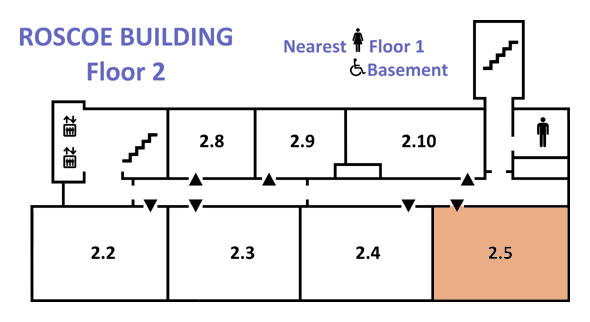
|
iCHSTM 2013 Programme • Version 5.3.6, 27 July 2013 • ONLINE (includes late changes)
Index | Paper sessions timetable | Lunch and evening timetable | Main site |

|
iCHSTM 2013 Programme • Version 5.3.6, 27 July 2013 • ONLINE (includes late changes)
Index | Paper sessions timetable | Lunch and evening timetable | Main site |
 | New Jersey Institute of Technology, United States
| New Jersey Institute of Technology, United StatesWe will consider fossils as objects of work for many different actors in vertebrate paleontology. Fossils are “located” at the crossroad of fieldwork and laboratory work, of scientific interpretation and technical preparation, and also of scientific knowledge and public communication of science. Therefore a variety of actors work with fossils, using diverse techniques to achieve many different purposes. These groups include the excavation team who find and unearth fossils in the field; the preparators in the laboratory who free them from the rock matrix, repair broken parts and reconstruct missing pieces; the paleontologists and paleoanthropologists who interpret and publish them; the museum curators and conservators who catalogue and exhibit them; and the paleoartists who use them as the basis for reconstructions of dinosaurs, saber-toothed cats and Neanderthals.
However, methods of collecting, preparing, preserving, studying, and displaying fossil specimens are rarely standard. Thus fossils reveal the complexities and skill of retrieving natural objects and making them into useful objects of research and display. These practices of collection, preparation, storage, research, and display have major implications for the construction of paleontological knowledge and the public’s perception and understanding of that knowledge. Although these practices are rarely described in research publications, the ways fossils are worked on crucially determine the form of data for researchers and of display specimens for the public.
This session will look at the practices and the practitioners working with fossils. We approach fossils as products of decision-making, such as the prioritization of scientific research interests and institutional funding capabilities, professional ethics such as conservation principles, aesthetic goals for reconstructions and display, and social hierarchies among fossil workers (e.g., between paleontologist and preparator, or museum curator and paleoartist). Together, our papers will address the effects of practitioners’ diverse training, backgrounds and individual motivations and interests on scientific practice, knowledge-making, and communication to the public. Through both historical and sociological case studies of past and current paleontology field sites, laboratories, collections, artists’ workshops, and exhibitions, we offer a new perspective on the skillful, local, and decision-laden work of producing fossils and thus of producing knowledge about past life.

